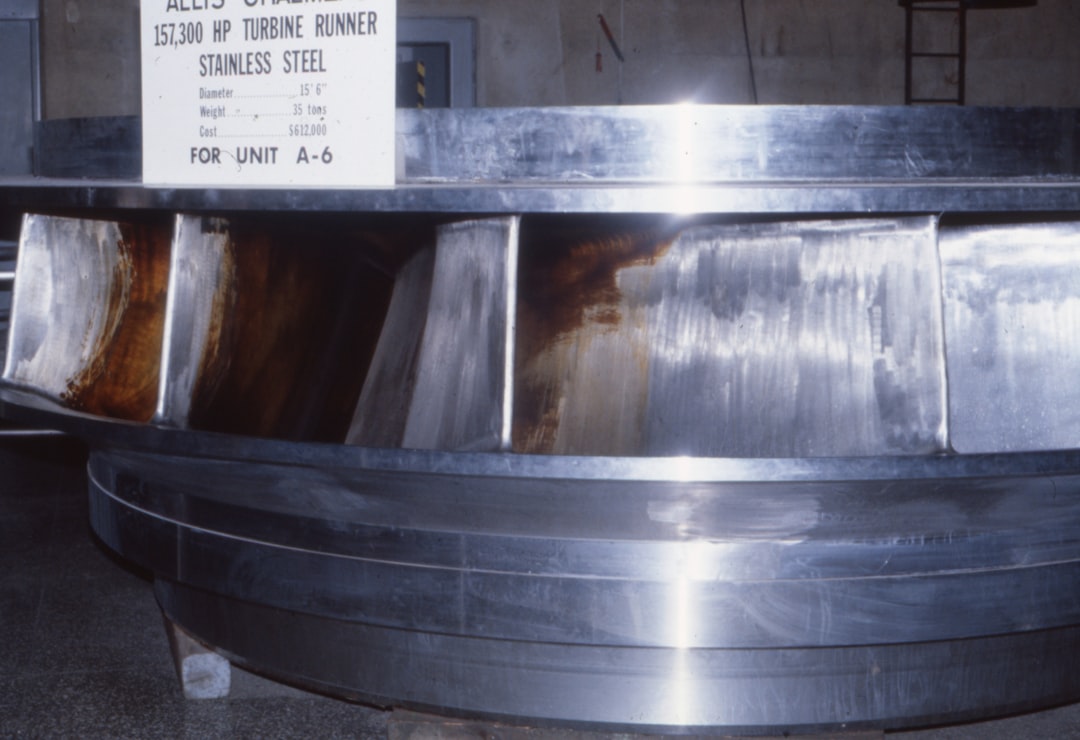Refining Margins and Metals Stocks: Under-the-Radar Levers
Refining Margins and Metals Stocks: Under-the-Radar Levers
As global equity traders fixate on megacap tech and monetary policy, the industrial commodity markets are screaming red alerts. Crack spreads – refiners’ key profit metric – have surged 45% since January, demolishing seasonal patterns. Meanwhile, metals exchange inventories have collapsed to levels not seen since the 2008 financial crisis, with copper stocks dropping a staggering 35% since November.
These mechanical measures of physical market tightness are now spilling into equity valuations and creating asymmetric trading opportunities, particularly in emerging markets where refining and metals processing dominate industrial activity. The question isn’t whether these pressures will resolve, but rather which securities will move first and by how much.
Refining’s Perfect Storm
The 3-2-1 crack spread – measuring the profit from converting three barrels of crude into two barrels of gasoline and one of diesel – has completely detached from historical norms. Against a typical Q1 range of $15–18 per barrel, current spreads are holding stubbornly near $28, territory usually reserved for peak summer demand periods.
What’s striking isn’t the absolute level, but the underlying dynamics. Crude prices have remained relatively range-bound between $72–85, suggesting the squeeze is happening in refined products. Gasoline and diesel inventories have plunged 22% below five-year averages across Europe and Asia, with key trading hubs like Singapore reporting critically low levels.
The equity market seems to be processing this information with unusual sluggishness. Regional refiners like Bharat Petroleum typically see their share prices track crack spreads with a 3–4 week lag. The current setup, with spreads elevated for over six weeks, suggests another 15–20% potential upside in refining equities if the relationship holds.
The Metals Squeeze Nobody’s Watching
While crypto traders chase ETF flows, an arguably more important liquidity crisis is unfolding in industrial metals. Exchange-tracked copper inventories have fallen 35% since November, while aluminum stocks sit at levels last seen before the iPhone existed. Physical premiums – what buyers pay above exchange prices for immediate delivery – have doubled since December.
The equity market appears to be ignoring these blaring signals. Major miners are trading at forward P/E ratios averaging 8.5x, near decade lows, while their key products become increasingly scarce. This divergence has only appeared four times in the past 15 years. In three of those instances, mining equities rallied an average of 30% over the subsequent six months.
The Alternative Data Revolution
The commodity trading landscape has transformed since the last time we saw similar market conditions. Satellite imagery, vessel tracking, and power consumption data now give automated trading systems unprecedented visibility into physical commodity movements. Based on exchange disclosures, algorithmic trading now accounts for over 60% of commodity futures volume.
This shift has profound implications for how these markets process information and move prices. Machine learning systems excel at identifying small statistical anomalies but can create feedback loops when they simultaneously reach similar conclusions. The current extreme readings in both crack spreads and metals inventories suggest we’re approaching one of those potential amplification points.
Policy Crosscurrents
Central bank liquidity operations are adding another layer of complexity. The Fed’s bank term funding program has paradoxically tightened credit availability for commodity traders, with major banks reporting a 20% reduction in commodity trade finance lines since March. This financing squeeze is forcing physical traders to reduce inventory positions precisely when end-user demand is surging.
The policy-driven credit contraction is most acute in emerging markets, where refiners and metals processors typically operate with higher leverage. This could accelerate the resolution of current market imbalances, as financially constrained players are forced to close positions regardless of underlying fundamentals.
Bottom Line
The physical commodity markets are sending unprecedented stress signals that have yet to fully filter into equity prices. While crack spreads and metals inventories can be volatile indicators, the current extremes, combined with structural changes in market microstructure, suggest significant trading opportunities over the next two quarters.
TL;DR:
- Refined product inventories 22% below normal while crack spreads signal severe tightness
- Metals stocks at 15-year lows but mining equities still trading at crisis-level valuations
- AI trading dominance could accelerate price adjustments when trends shift
What This Means for Retail Traders
- Monitor weekly inventory data as leading indicators for both refining and metals equities
- Consider options structures that benefit from increasing volatility in commodity-linked stocks
- Watch for sudden spikes in trading volume as potential signals of AI system regime shifts
- Focus on companies with strong balance sheets that can weather ongoing credit tightness
- Use physical premium levels as real-time checks on paper market moves
Sources
https://zerodha.com/markets/stocks/NSE/MARUTI/https://www.facebook.com/groups/327940080933182/
https://www.gurufocus.com/news/3148135/lillys-verzenio-abemaciclib-prolonged-survival-in-hr-her2-highrisk-early-breast-cancer-with-two-years-of-treatment
https://www.gurufocus.com/news/3145710/merck-announces-phase-3-keynoteb96-trial-met-secondary-endpoint-of-overall-survival-os-in-all-comers-population-of-patients-with-platinumresistant-recurrent-ovarian-cancer
https://epaper.kashmirobserver.net/uploads/epaper/2025-10/68eda25757104.pdf
https://www.alibaba.com/showroom/beam-pumping-unit.html





Leave A Comment